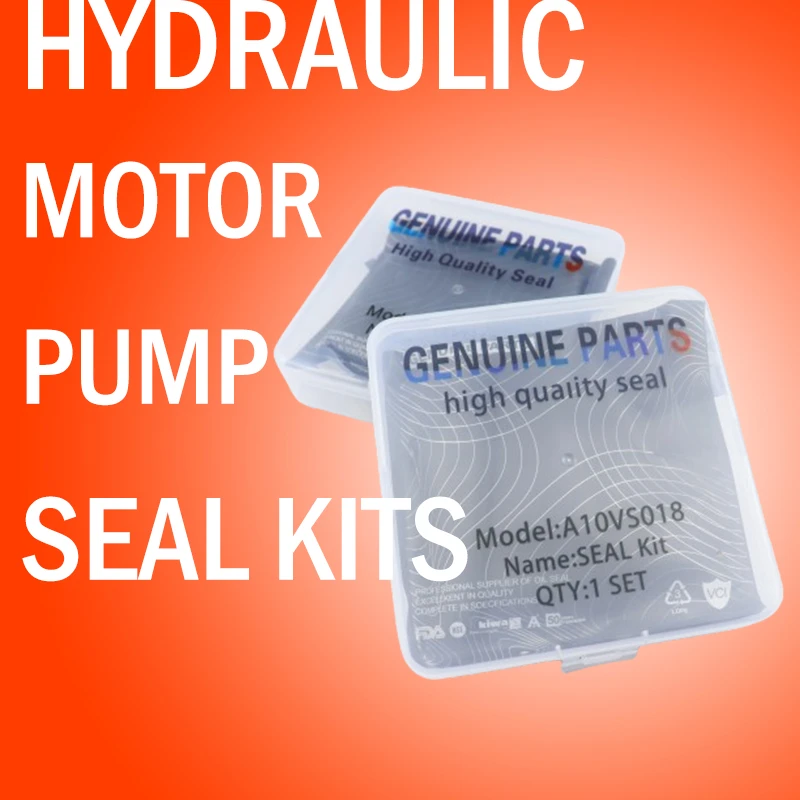Th12 . 30, 2024 23:54 Back to list
hydraulic seal
Understanding Hydraulic Seals Essential Components in Fluid Power Systems
Hydraulic seals are critical components used in hydraulic systems to prevent fluid leakage and maintain pressure within hydraulic machinery. These seals not only ensure the efficient operation of hydraulic systems but also contribute significantly to the overall safety and reliability of various industrial applications. In this article, we will explore the types, functions, and applications of hydraulic seals, as well as the materials used in their construction.
Types of Hydraulic Seals
Hydraulic seals come in various forms, each designed for specific applications and conditions. The most common types include
1. Rod Seals These seals are used in hydraulic cylinders to prevent fluid from leaking out around the piston rod. Rod seals must withstand high pressure and dynamic motion, making their design crucial for maintaining system integrity.
2. Piston Seals Found in the piston of hydraulic cylinders, these seals prevent fluid from bypassing the piston, ensuring effective operation and power transmission. Piston seals can be designed for reciprocating or rotating applications.
3. Guide Rings While not seals in the traditional sense, guide rings help to stabilize the movement of the piston and prevent metal-to-metal contact, reducing wear and tear on both the seal and the cylinder.
4. End Seals These seals prevent fluid from leaking out of the ends of hydraulic cylinders, ensuring that pressure is maintained within the system.
5. Wear Rings Also known as anti-extrusion rings, these components are used to protect seals from extrusion damage and assist in guiding the piston or rod within the cylinder.
Functions of Hydraulic Seals
The primary functions of hydraulic seals include
- Leak Prevention Hydraulic seals are designed to prevent hydraulic fluid from leaking out of the system. Fluid loss can lead to reduced efficiency, increased maintenance costs, and environmental hazards.
- Pressure Maintenance By sealing gaps between moving parts, hydraulic seals maintain the required pressure within the hydraulic system, allowing it to perform optimally.
- Contamination Control Seals also serve to keep contaminants such as dirt, dust, and water out of the hydraulic system, which could otherwise cause damage or degradation of components
.hydraulic seal

- Reducing Friction Properly designed hydraulic seals minimize friction between moving parts, which helps to improve the overall efficiency and lifespan of the machinery.
Materials Used in Hydraulic Seals
The material selection for hydraulic seals is crucial, as it determines their durability, resistance to wear, and compatibility with various fluids. Common materials used in hydraulic seal manufacturing include
- Nitrile Rubber (NBR) Known for its excellent resistance to oil and temperatures, nitrile rubber is one of the most widely used materials for hydraulic seals.
- Fluorocarbon (FKM) This material offers superior resistance to high temperatures and aggressive chemicals, making it suitable for specialized hydraulic applications.
- Polyurethane With excellent abrasion resistance, polyurethane seals are often used in heavy-duty hydraulic applications where wear and tear are significant concerns.
- PTFE (Teflon) Known for its low friction properties and chemical resistance, PTFE is often used in high-performance applications.
Applications of Hydraulic Seals
Hydraulic seals are employed in a wide range of industries, including
- Construction Equipment Excavators, loaders, and other machinery rely on hydraulic seals for efficient operation.
- Automotive Industry Hydraulic seals are used in various automotive components, including brake systems and power steering systems.
- Aerospace In aircraft systems, hydraulic seals play a vital role in maintaining pressure and avoiding fluid leaks.
- Manufacturing Hydraulic seals are essential in presses, injection molding machines, and other industrial equipment that rely on hydraulic power.
In conclusion, hydraulic seals are indispensable for the effective and safe operation of hydraulic systems across numerous industries. Understanding their types, functions, and materials is crucial for engineers and maintenance personnel involved in hydraulic systems. As technology advances and demands for efficiency and reliability grow, the development of more sophisticated hydraulic seals will continue to play a significant role in the evolution of fluid power systems.
-
The Trans-formative Journey of Wheel Hub Oil Seals
NewsJun.06,2025
-
Graphene-Enhanced Oil Seals: Revolutionizing High-Pressure Oil Sealing
NewsJun.06,2025
-
Future of Hydraulic Sealing: Advanced Intelligent TCN Oil Seals
NewsJun.06,2025
-
Don’t Let a Broken TCV Oil Seal Ruin Your Day
NewsJun.06,2025
-
Bio-Inspired Dust Seals for Better Sealing Performance
NewsJun.06,2025
-
Biodegradable and Sustainable Hydraulic Seal Materials
NewsJun.06,2025
-
Top Oil Seal Solutions for Your Industrial Needs
NewsMay.22,2025
Products categories
















